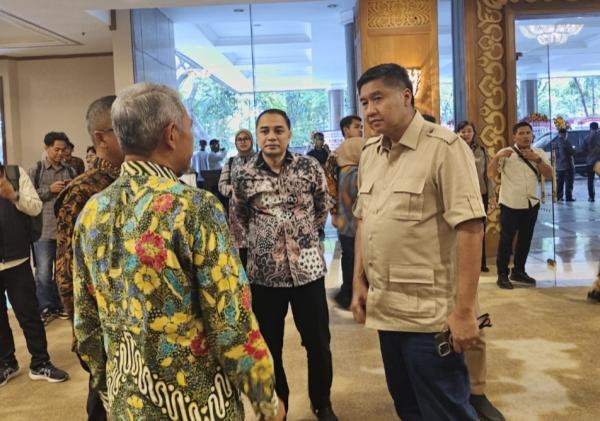East Java has received sharp criticism regarding subsidized housing development. Despite being Indonesia’s second most populous province, it ranks only fourth in providing housing for low-income communities.
According to ministry data, by 2025 subsidized housing construction reached 45,673 units in West Java, followed by Central Java with 17,689 units, South Sulawesi with 16,225 units, and East Java with only 13,228 units. These numbers are considered insufficient compared to the high housing demand in the region.
« Our records show approximately 1.8 million East Java residents still lack proper housing. It’s unfortunate that such a large province only ranks fourth, » stated the Minister during a Housing People’s Business Credit socialization event with Semen Indonesia Group in Surabaya.
The Minister emphasized the need for cross-sectoral synergy to strengthen the people’s housing financing ecosystem. He called for collaboration between local governments, banks, contractors, developers, and building material stores to accelerate housing credit distribution.
« I’m optimistic that by the end of December, East Java can become Indonesia’s second largest province in subsidized housing absorption. There’s only one requirement: we must trust each other and work together, » he affirmed.
The event was also attended by the Coordinating Minister for Infrastructure, the Minister of Home Affairs, the Governor of East Java, the Deputy Governor, the Mayor of Surabaya, and the President Director of Semen Indonesia Group.
East Java
East Java is an Indonesian province on the eastern part of the island of Java, renowned for its dramatic volcanic landscapes and significant historical heritage. It was the center of the powerful Hindu-Buddhist Majapahit Empire in the 13th to 15th centuries, which left a legacy of temples and archaeological sites. Today, it is a major cultural and economic hub, famous for attractions like the active Mount Bromo and the ancient temple complex of Trowulan.
West Java
West Java is an Indonesian province on the island of Java, historically home to the Sundanese people and the powerful Hindu Kingdom of Pajajaran. The region is renowned for its stunning volcanic landscapes, including the Tangkuban Perahu volcano, and its vibrant capital city, Bandung, known for its Dutch colonial architecture. Culturally, it is famous for traditional arts such as Angklung music and Wayang Golek puppet theater.
Central Java
Central Java is a province of Indonesia located in the middle of Java Island, renowned as the historic heart of Javanese culture and classical art. It is home to some of the world’s most significant religious monuments, including the 9th-century Borobudur, the world’s largest Buddhist temple, and the Hindu temple complex of Prambanan. For centuries, it was the seat of powerful Hindu-Buddhist kingdoms and later the influential Islamic Sultanate of Mataram, whose legacy continues to shape its traditions, courtly arts, and language.
South Sulawesi
South Sulawesi is a province in Indonesia known for its diverse ethnic groups, including the seafaring Bugis and Makassar people. Historically, it was home to powerful kingdoms like Gowa and Bone, which controlled regional spice trade before Dutch colonization in the 17th century. Today, it is celebrated for its unique traditions, such as intricate wooden shipbuilding (pinisi boats) and distinctive architecture like the towering Tongkonan houses of the Toraja people.
Surabaya
Surabaya is Indonesia’s second-largest city, located on East Java. Historically, it is renowned as the « City of Heroes » for its pivotal role in the nation’s struggle for independence, most famously during the fierce Battle of Surabaya against British forces in 1945. Today, it is a major industrial, commercial, and port city.
Semen Indonesia Group
Based on available information, « Semen Indonesia Group » is not a cultural or historical site, but a major Indonesian state-owned cement company. It was originally established in 1957 as a state-owned enterprise and has since grown through the consolidation of several other cement companies to become the largest cement producer in Indonesia.



